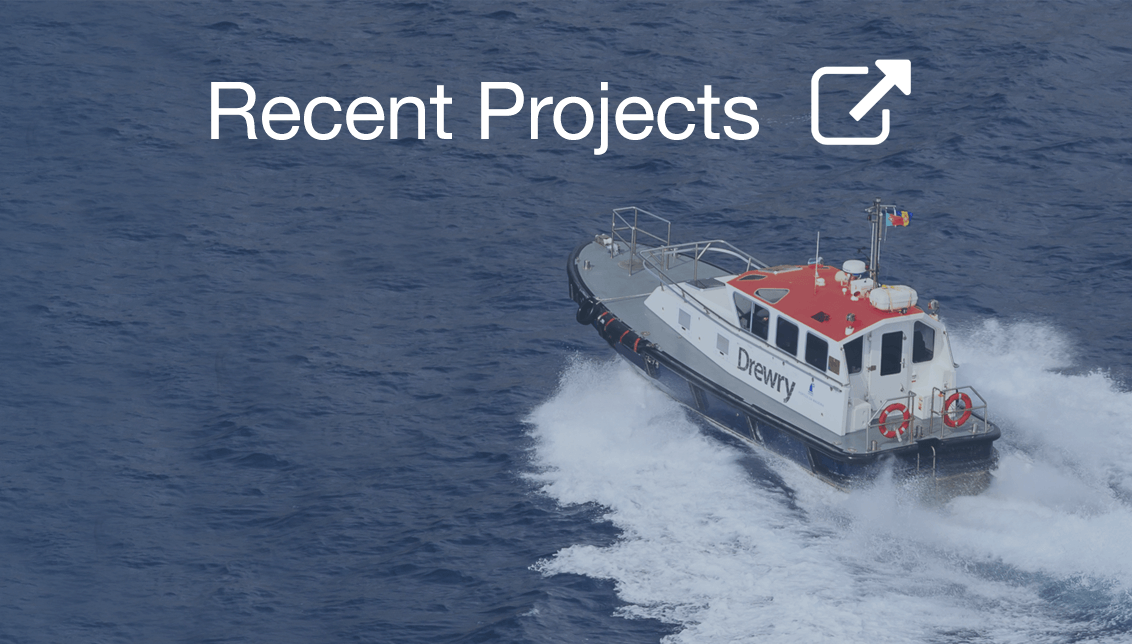Browse Products by Sector
Container ShippingContainer Equipment Assets
Ports and Terminals
Dry Bulk Shipping
Tanker Shipping
Gas Shipping
Specialised Shipping
Multimodal Transport
Logistics Management
Ship Operations and Management
Other popular areas
Browse subscriptions by Sector
Container ShippingPorts and Terminals
Dry Bulk Shipping
LPG Shipping
LNG Shipping
Crude Tanker Shipping
Product Tanker Shipping
Financial Advisory
Valuations
Drewry Financial Research Services Ltd is authorised by the UK Financial Conduct Authority (FCA).
News & Events
Increasing long-haul crude trade insufficient to support tanker shipping rates
London, UK, 11 August 2017 – Rising long haul exports of crude oil from the US and Nigeria will not be sufficient to push tanker shipping freight rates higher given lower anticipated Middle East output and surging tonnage supply, according to the latest edition of the Tanker Forecaster, published by global shipping consultancy Drewry.
Although a slight slowdown in global oil demand growth and inventory drawdown because of the ongoing production cut by OPEC is capping global the oil trade, the impact of lower OPEC output is partly counterbalanced by rising long-haul trade. With the lower supply in the Middle East, Asian refiners have increased their imports from the US, Brazil and Nigeria, where production is rising.
Rising US production this year is leading to a surge in the country’s crude exports against the earlier trend of a decline in imports with the rise in production. US oil exports have surged higher to 0.9 mbpd this year, compared to 0.5 mbpd last year, whereas imports have remained stable. As US production is expected to climb higher in the coming years and majority of it is likely to move to Asia, a long-haul trade, this will positively affect the tonne-mile demand for tankers. Similarly, the expected increase in long-haul exports from Nigeria and Brazil to Asia will also be supportive for tonne-mile demand. Nigeria’s crude production is expected to increase to at least 1.8mbpd from the current 1.6 mbpd. However, the expected increase in long-haul trade will not prove enough to push rates higher as the global oil trade will be capped by the inventory drawdown and a slowdown in oil demand growth. Moreover, the recent two-year postponement of Ballast Water Management regulations will dampen scrapping, keeping fleet growth strong until 2020.
“While global oil trade is expected to increase by around 6% during 2017-19, tonne-mile demand is expected to increase relatively faster by 7% due to an increase in long-haul trade. As the supply is seen surging by more than 13% during this period, freight rates will decline further,” commented Rajesh Verma, Drewry’s lead analyst for tanker shipping.
© Copyright 2024 | Drewry Shipping Consultants Limited. All Rights Reserved. Website Terms of Use | Privacy Policy




